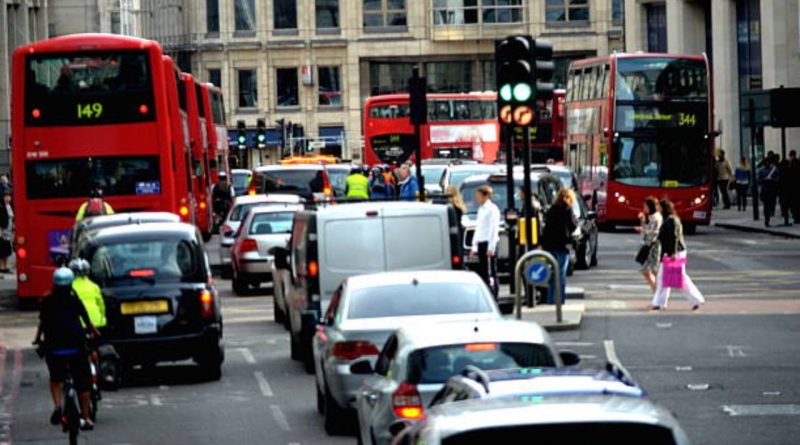London Roads Remain the Most Congested in Europe, New Report Reveals
London has once again topped the list as the most congested city for drivers in Europe, according to a recent report. The study, which analyzed traffic patterns and congestion levels across major European cities, found that London’s roads are the most heavily impacted by traffic delays, with drivers spending a significant amount of time stuck in gridlock. This marks yet another year where the UK capital has outpaced other major European cities, including Paris, Brussels, and Milan, in terms of traffic congestion.
The report highlights that the average driver in London lost approximately 148 hours due to traffic congestion in the past year. This equates to more than six full days spent idling in traffic, a figure that underscores the severity of the issue. The congestion is attributed to a combination of factors, including high population density, ongoing construction projects, and the city’s complex road network. Additionally, the increasing popularity of ride-sharing services and delivery vehicles has added to the strain on London’s roads.
Comparatively, other European cities also face significant traffic challenges, but none quite match the scale of London’s congestion. For instance, drivers in Paris lost around 140 hours to traffic delays, while those in Brussels and Milan experienced 134 hours and 121 hours, respectively. Despite these high numbers, London’s congestion levels remain unparalleled, making it the most challenging city for commuters and drivers in Europe.
The impact of traffic congestion extends beyond mere inconvenience. The report also sheds light on the economic and environmental consequences of prolonged traffic delays. The wasted time and fuel contribute to increased carbon emissions, exacerbating air pollution in the city. Furthermore, businesses face higher operational costs due to delayed deliveries and reduced productivity among employees who spend hours commuting.
Transportation experts have called for urgent measures to address the growing congestion problem. Suggestions include improving public transportation infrastructure, promoting the use of electric vehicles, and implementing smarter traffic management systems. Some have also advocated for stricter regulations on ride-sharing services and delivery vehicles, which have been identified as significant contributors to the congestion.
In response to the report, London’s transportation authorities have acknowledged the issue and outlined plans to mitigate traffic congestion. These plans include expanding the city’s cycling network, enhancing bus services, and investing in new technologies to optimize traffic flow. However, critics argue that these measures may not be sufficient to tackle the root causes of the problem, particularly in a city as densely populated as London.
The report also highlights the role of remote work in potentially alleviating traffic congestion. Since the COVID-19 pandemic, many companies have adopted hybrid work models, allowing employees to work from home for part of the week. This shift has led to a noticeable reduction in rush-hour traffic, suggesting that flexible work arrangements could play a key role in easing congestion in the long term.
Despite these efforts, the report concludes that London’s traffic congestion is likely to remain a pressing issue for the foreseeable future. As the city continues to grow and attract more residents and businesses, the demand for efficient transportation solutions will only increase. Without significant investment and innovative strategies, London risks falling further behind in its quest to become a more sustainable and livable city.
In summary, the latest findings underscore the urgent need for comprehensive action to address London’s traffic congestion. While the city remains a vibrant hub of culture, commerce, and innovation, its reputation as Europe’s most congested city serves as a stark reminder of the challenges that come with urban growth. As policymakers, businesses, and residents grapple with these issues, the hope is that collaborative efforts will pave the way for a smoother, greener future for London’s roads.

